The world of boules sports, particularly pétanque and its variants, has long been fascinated by the physics behind ball movement. Among the most discussed aspects is the rolling speed of the boules - that crucial moment when the metal sphere leaves a player's hand and begins its journey across the terrain. This seemingly simple action contains multitudes of physical principles and strategic considerations that separate casual players from true masters of the game.
Understanding boules ball dynamics requires appreciating how these specially designed metal spheres interact with different playing surfaces. Unlike the uniform roll of a bowling ball on slick lanes, boules encounter unpredictable terrain - from fine gravel to compacted dirt, each surface offering unique resistance. The standard 7.05cm diameter steel boule, weighing between 650-800g, must overcome initial inertia before establishing its rolling pattern. Professional players develop an intuitive sense for how much force to apply based on surface conditions, but the science behind this skill is anything but simple.
The moment of release determines everything. As the boule leaves the player's hand, two key forces come into play: the initial velocity imparted by the throw and the immediate effect of gravity pulling downward. The perfect throw creates what physicists call "pure rolling motion" - where the rotational speed matches the translational speed to prevent skidding. Achieving this requires precise coordination between finger placement, wrist action, and follow-through. Even a millimeter's difference in finger position can alter the spin rate by dozens of revolutions per minute.
Surface texture plays an underappreciated role in boules deceleration. While casual observers might assume smoother surfaces allow faster rolls, the reality proves more complex. Extremely smooth surfaces actually increase friction through molecular adhesion - the same principle that makes glass sheets stick together. Optimal boules terrain has just enough granularity to minimize this effect while preventing excessive energy loss to surface deformation. Tournament-grade terrains are carefully prepared to maintain this balance, often using specific mixtures of crushed stone and sand that have been empirically proven to produce the most consistent rolling behavior.
Weather conditions introduce another layer of complexity. Humidity affects both the boules and the playing surface in subtle ways. Metal boules develop microscopic condensation that can alter their coefficient of friction, while damp terrain particles tend to clump, creating inconsistent resistance. Professional players account for these factors by adjusting their throwing technique - often increasing rotation to maintain stability when conditions are less than ideal. The best competitors develop an entire repertoire of throws tailored to different environmental factors.
The shape of the boule's path reveals much about its speed characteristics. Unlike the predictable parabola of a baseball, a boule follows a more complex trajectory due to its spin and interaction with the surface. Immediately after release, the boule experiences rapid deceleration as it overcomes static friction. Once rolling establishes, the deceleration rate decreases significantly until the final moments when surface irregularities and diminishing momentum cause more dramatic slowing. Expert players visualize this entire speed curve when planning their shots, often aiming not for where the cochonnet lies, but where it will be when the boule reaches the appropriate deceleration phase.
Advanced players manipulate spin to control speed in non-intuitive ways. While topspin might seem like it would increase speed, in boules it actually creates more surface contact and thus greater friction. Backspin produces the opposite effect - reducing apparent friction by minimizing contact time with the terrain. The most skilled players combine these spins with precise velocity to create shots that appear to "die" at exactly the right moment or that take unexpected bounces off other boules. These techniques transform what appears to be a simple rolling motion into a multidimensional physics problem.
The materials science behind boule construction has evolved significantly to optimize rolling characteristics. Modern tournament boules use specialized steel alloys that provide consistent density and surface hardness. Any microscopic imperfections in the metal can create uneven weight distribution that affects both speed and direction. Manufacturers now employ computer-controlled milling and ultrasonic testing to ensure perfect sphericity and balance. Some high-end boules even incorporate subtle surface texturing - not visible to the naked eye - that interacts with playing surfaces in predictable ways to maintain speed consistency.
Training methods for developing speed control have become increasingly scientific. Where players once relied on repetition and intuition, modern coaching incorporates high-speed cameras, motion sensors, and even Doppler radar to analyze every aspect of the throw and roll. Players can now receive instant feedback on release velocity, rotation rate, and deceleration patterns - allowing for precise adjustments that would have been impossible to detect through feel alone. This technological approach has pushed the boundaries of what's possible in terms of boule control, with top players demonstrating near-superhuman consistency in their ability to place balls at exact distances.
The psychological aspect of speed perception shouldn't be underestimated. Experienced players develop an acute sense of timing that allows them to judge speeds relative to the cochonnet's position and other boules on the terrain. This temporal awareness becomes second nature - the difference between a winning point and a wasted shot often comes down to milliseconds of timing in the player's internal clock. Some researchers suggest this time perception skill may transfer to other areas of cognition, potentially explaining why many elite boules players excel in strategic thinking beyond the terrain.
As boules continues to grow as an international sport, the understanding of rolling physics becomes ever more sophisticated. What began as simple observations about how balls move across dirt has evolved into a multidisciplinary study incorporating mechanical engineering, materials science, and cognitive psychology. The humble act of rolling a metal sphere has proven to contain depths of complexity that continue to challenge and fascinate players and scientists alike. Future developments in equipment technology and training methodologies promise to further refine our understanding of that most fundamental question: what makes a boule roll exactly as it does?
For now, players at all levels continue to explore the endless variations that emerge from the interplay of force, friction, and form. The pursuit of perfect speed control remains both a science and an art - one that keeps enthusiasts returning to the terrain day after day, year after year, in the endless quest for that flawless roll.
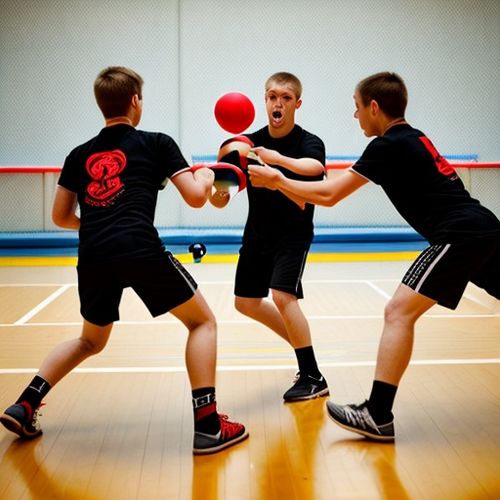
By Christopher Harris/May 8, 2025
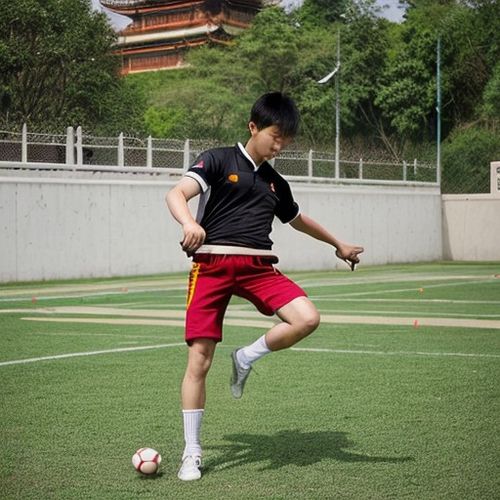
By Laura Wilson/May 8, 2025
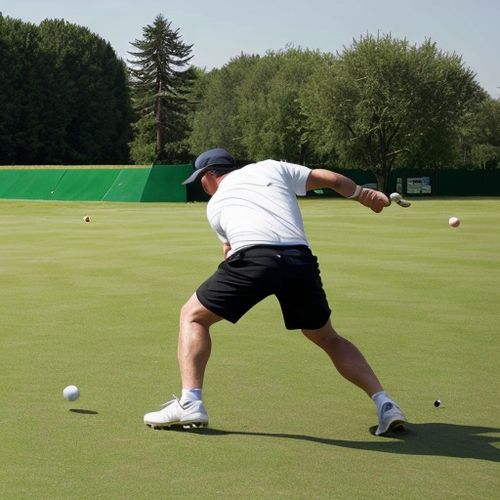
By Amanda Phillips/May 8, 2025
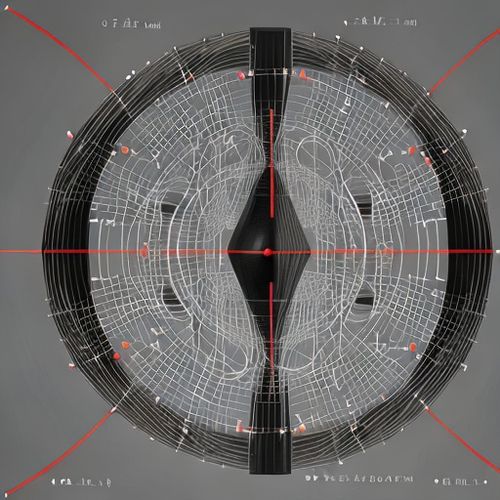
By William Miller/May 8, 2025
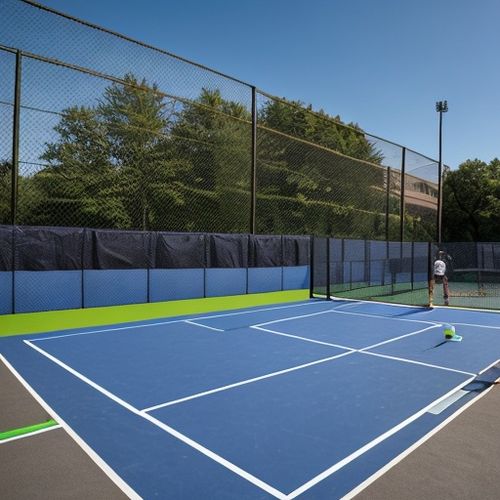
By Noah Bell/May 8, 2025
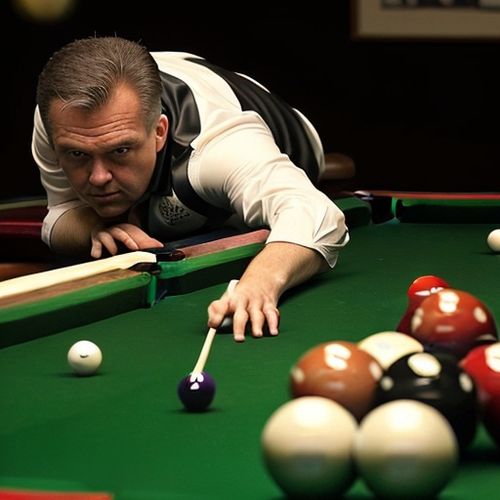
By Elizabeth Taylor/May 8, 2025

By Joshua Howard/May 8, 2025
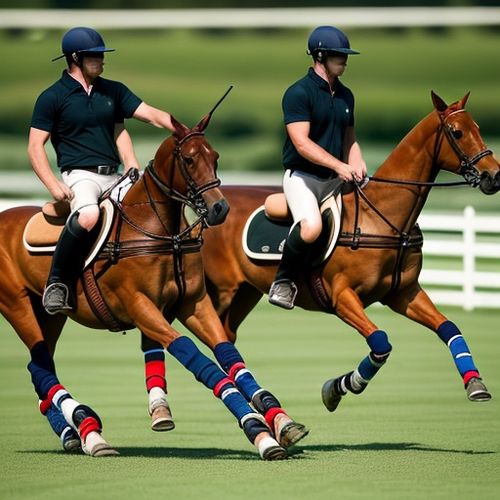
By Ryan Martin/May 8, 2025

By George Bailey/May 8, 2025

By Natalie Campbell/May 8, 2025
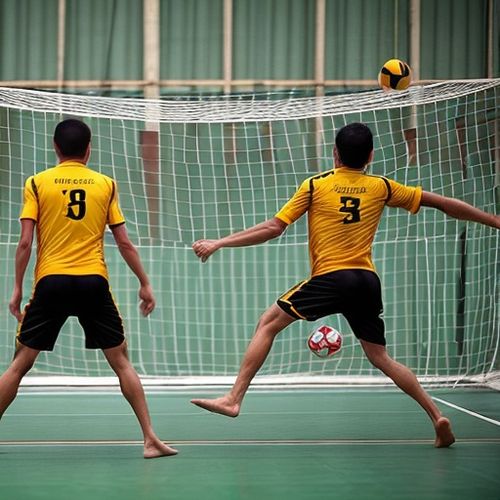
By Joshua Howard/May 8, 2025
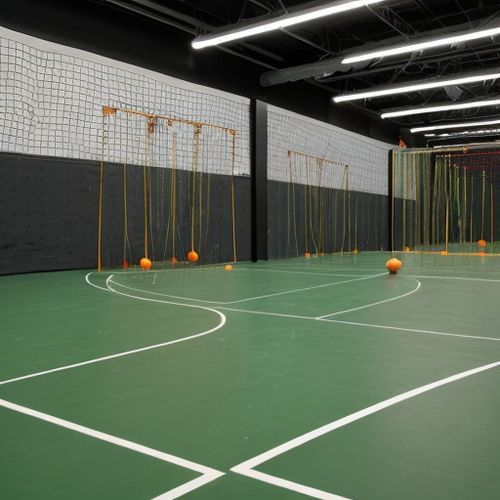
By Elizabeth Taylor/May 8, 2025
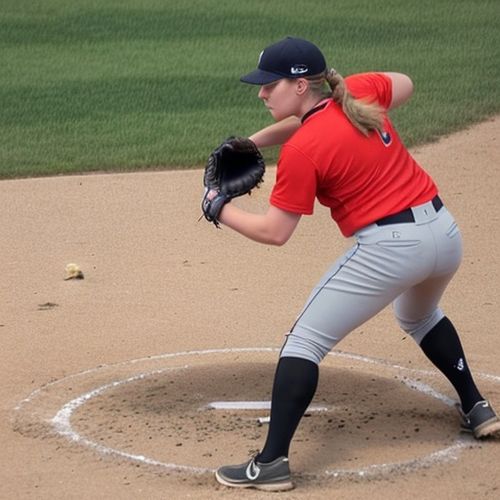
By Samuel Cooper/May 8, 2025
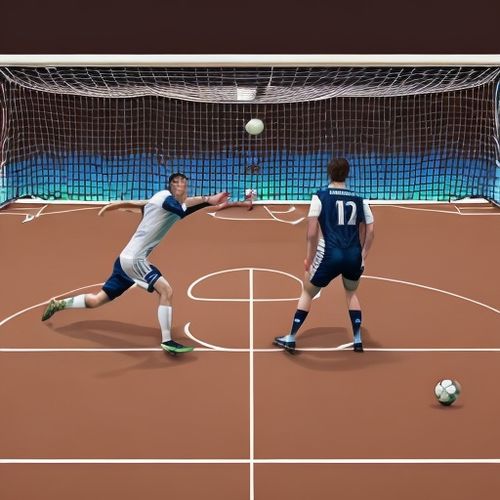
By Joshua Howard/May 8, 2025
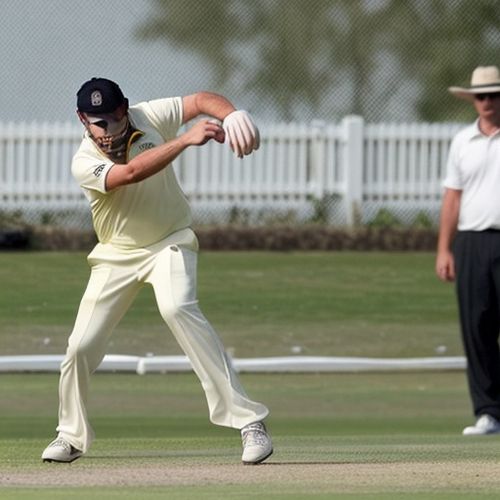
By Grace Cox/May 8, 2025
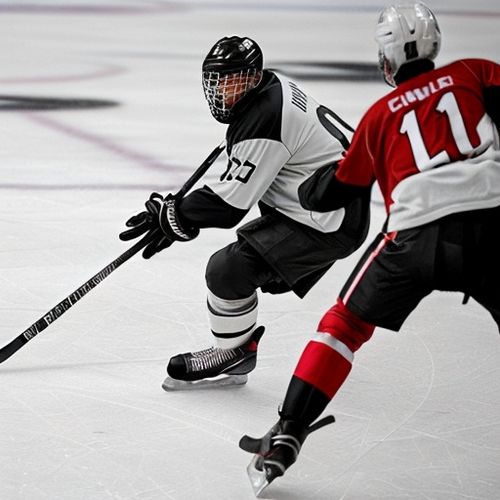
By Christopher Harris/May 8, 2025

By Samuel Cooper/May 8, 2025

By Sophia Lewis/May 8, 2025
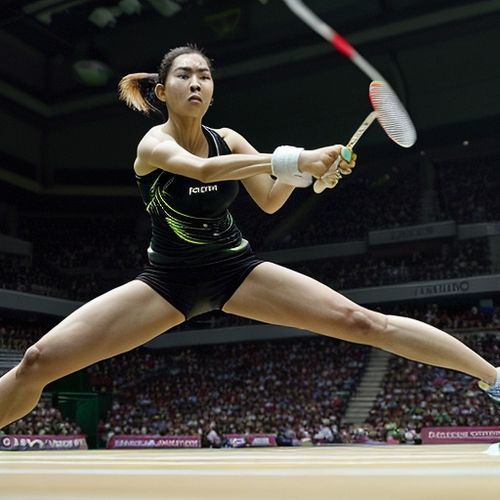
By Eric Ward/May 8, 2025
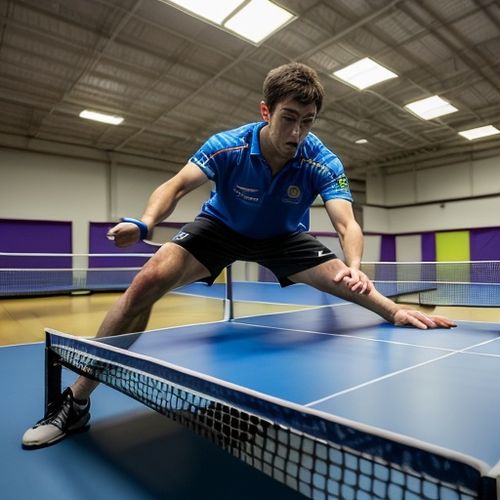
By Sarah Davis/May 8, 2025